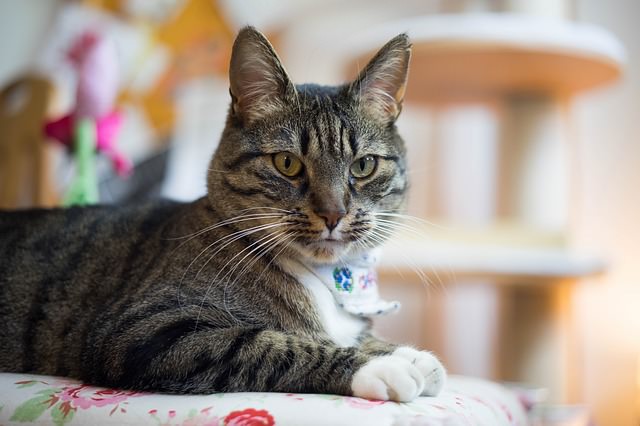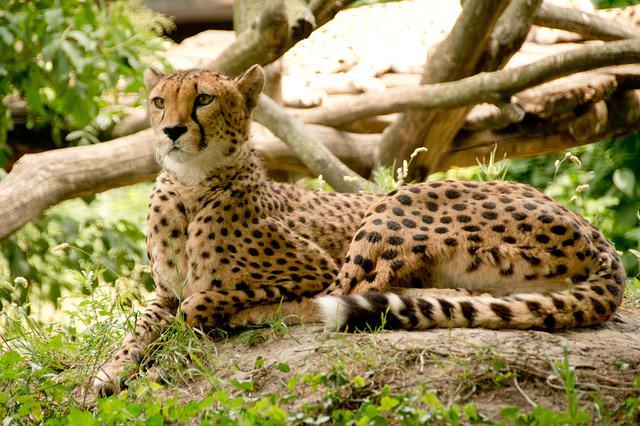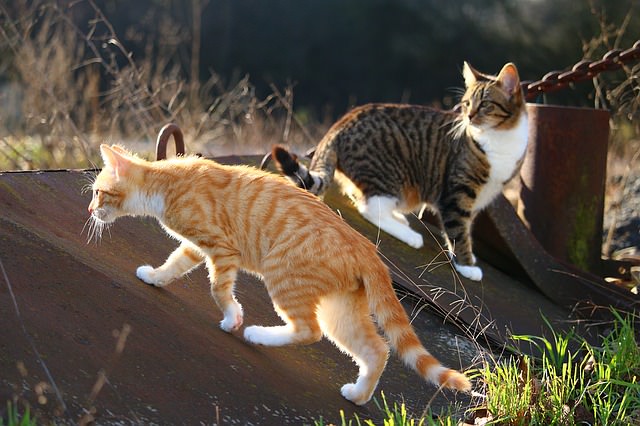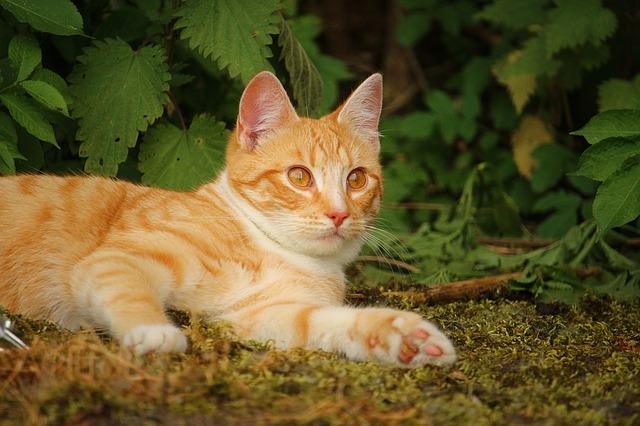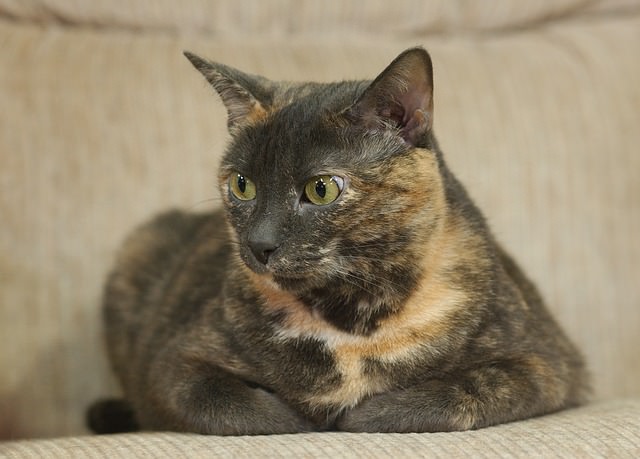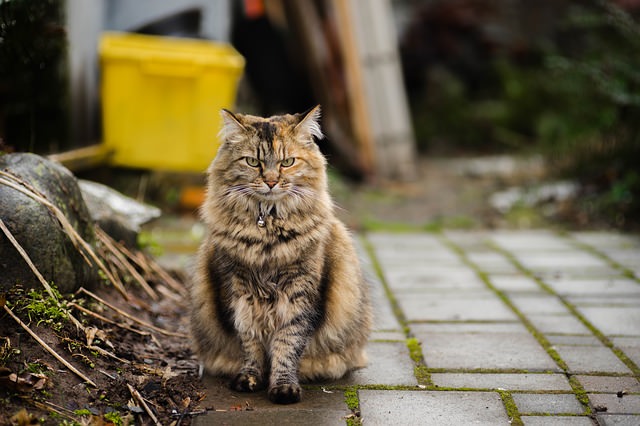Thanks to some feral cats in Northern California, scientists now know that the same gene responsible for giving tabby cats their wide array of bands and blotches is also responsible for a zebra’s stripes and a cheetah’s spots.
A study conducted by Stanford University uncovered DNA evidence unlocking the complicated genetic mystery of how mammals get their beautiful coat patterns.
Several genes are required to create a cat’s – or any mammal’s – distinct appearance, including ones for color and markings. All of these genes collaborate and result in the unique design of each animal’s coat.
Regarding the study published in the journal Science, Greg Barsh, professor of genetics and pediatrics at Stanford University said:
“We were motivated by a basic question, How do periodic patterns like stripes and spots in mammals arise? What generates them? How are they maintained? What is their biological and evolutionary significance? It’s kind of surprising how little is known. Until now, there’s been no obvious biological explanation for cheetah spots or the stripes on tigers, zebras or even the ordinary house cat.”
One particular gene known as Taqpep was identified as controlling various aspects of mammalian coat patterns. If a working copy of the gene is present in a domestic cat, it will result in the narrow striped mackerel pattern; if the gene is turned off by a mutation, the cat will display the traditional blotchy or marbled tabby pattern.
The significance of the gene in wild and domestic animals was discovered by studying the DNA of feral cats and that of captive and wild cheetahs. The researchers also analyzed the genetic material of the rare South African king cheetah, known for having stripes instead of spots.
They found that like classic marbled tabbies, the king cheetah has a gene mutation in the Taqpep gene that accounts for their rare, distinctive look. The traditional blotched cheetahs possess working copies of the gene like their distant mackerel tabby cousins.
A second gene known as Edn3 was identified as controlling whether the animal grows dark fur or light at the site of its blotches and stripes. Edn3 is not to be confused with the dominant/recessive gene that controls the dark vs. dilute appearance in some cats.
Early in the development of the animal – whether it be a cheetah or a house cat – the Taqpep gene determines the distinct markings of stripes or blotches to be displayed. As the hair grows, Edn3 takes over controlling the intensity of the pattern’s color.
Our domestic cats believe themselves to be as big and bold as any cheetah. It turns out they aren’t so far off after all – at least when it comes to color and pattern!

